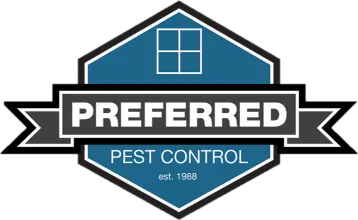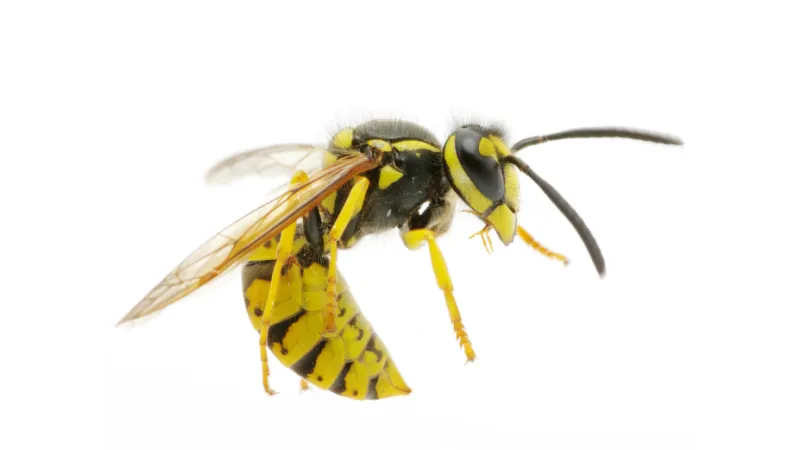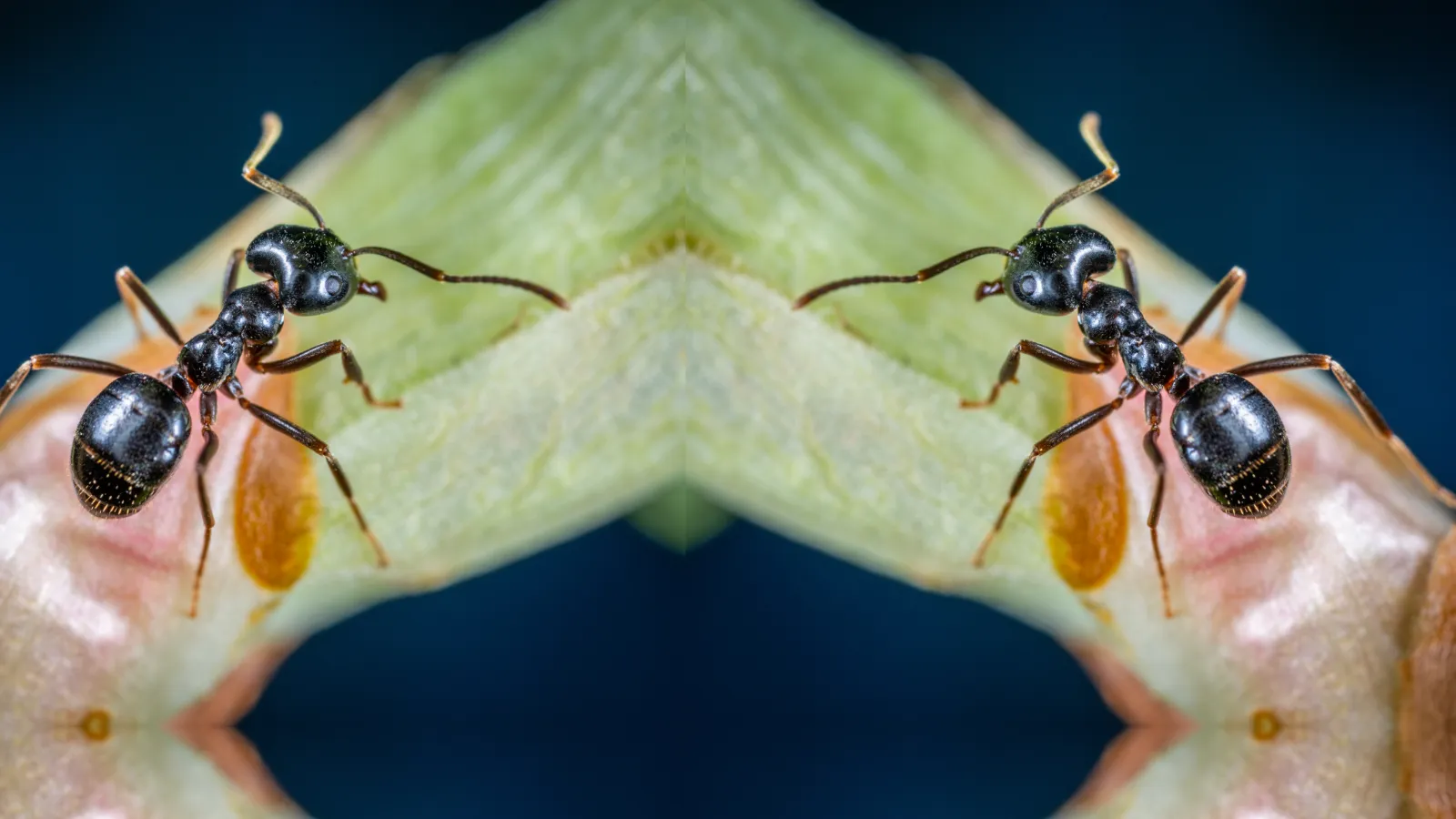
Tailored Solutions for Unique Pest Challenges
We offer quality pest management services for special pests.
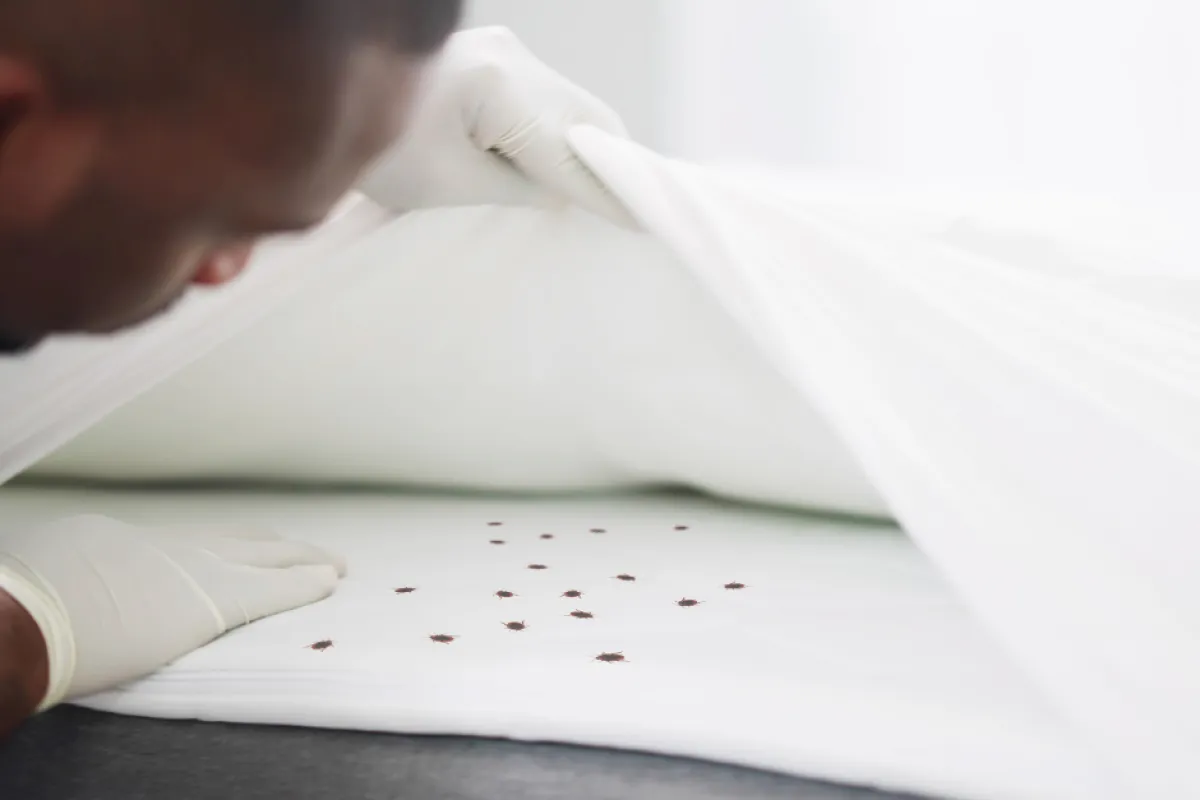
Bed Bugs
"Sleep tight. Don’t let the bed bugs bite."
Adult bed bugs are about the size of an apple seed and are excellent hitchhikers found worldwide. They are often found in areas where people sleep or rest, such as beds, mattresses, sofas, and chairs. They can also hide in cracks and crevices, behind wallpaper, and in electrical outlets.
Due to their fast breeding and small stature, bed bugs have the potential to infest your residence quickly. If you suspect a bed bug problem, reach out to us today.
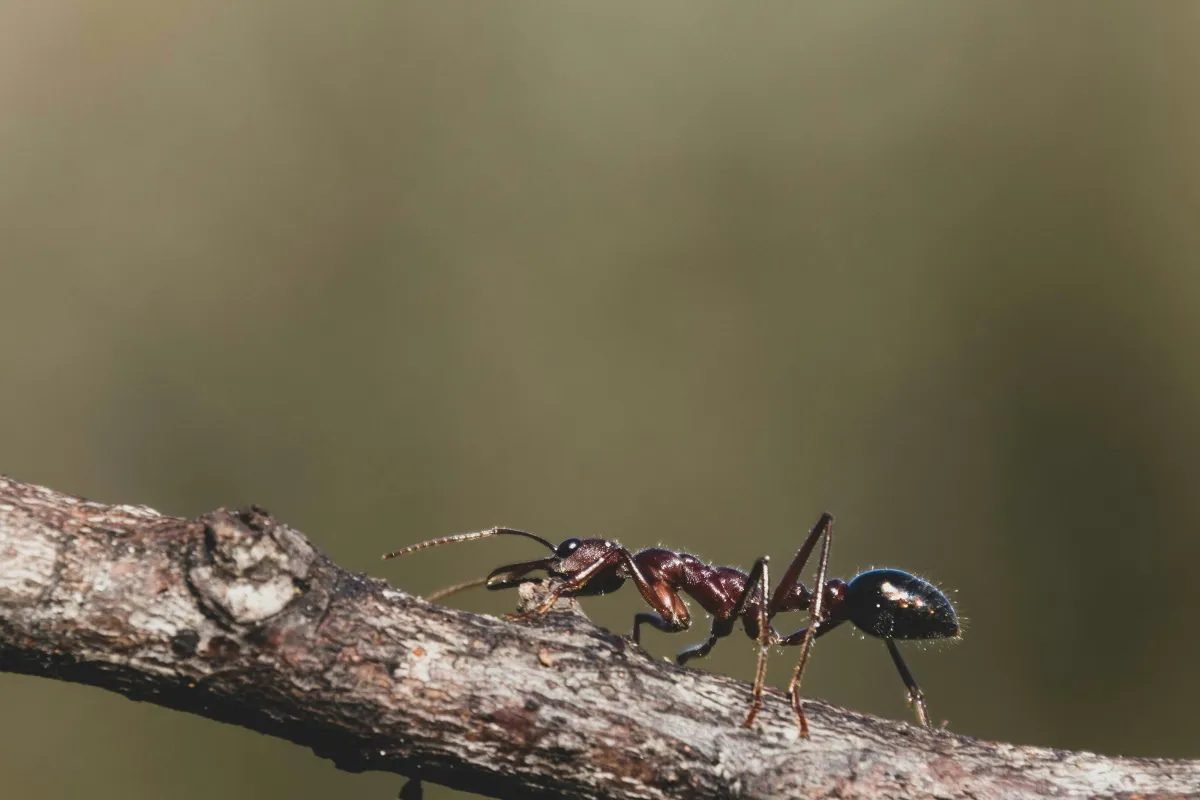
Carpenter Ants
Carpenter ants can pose a threat to your home's integrity.
Carpenter ants don't eat wood like termites; instead, they excavate tunnels in wood to build their nests. While they prefer decaying or water-damaged wood, they can infest sound wood with favorable conditions.
Signs of a carpenter ant infestation include sawdust-like material (frass) near nest sites, rustling sounds coming from walls or ceilings, and winged reproductive ants (swarmers) indoors, particularly in the spring.
Our carpenter ant service includes a thorough inspection, targeted treatments, and ongoing prevention strategies tailored to your pest needs.
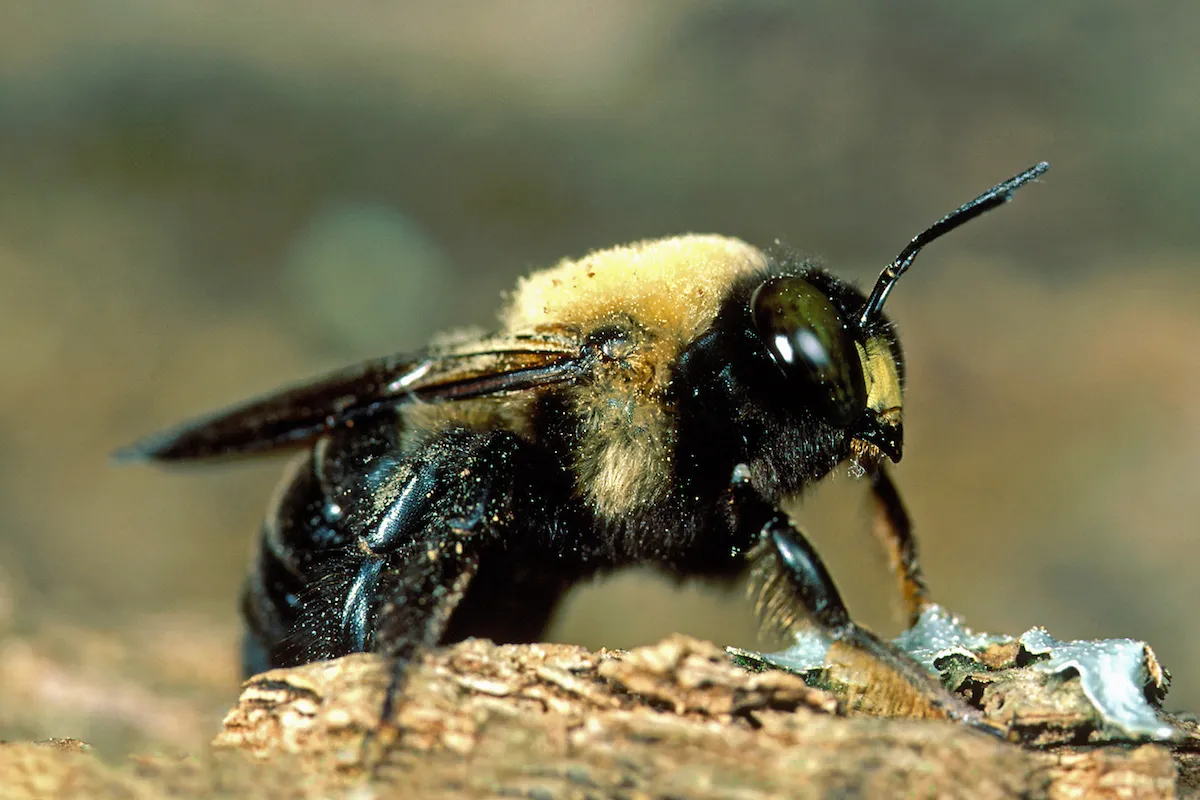
Carpenter Bees
These boring bees can cause structural wood damage.
Carpenter bees, found worldwide, primarily nest in soft, untreated wood like dead branches, structures, fences, and outdoor furniture, although they may also target painted or stained wood.
While carpenter bees don't directly endanger human health like some stinging insects, their activity can severely compromise wooden structures over time, weakening beams, decks, and other items. Moreover, the sawdust-like material they expel from nest holes can cause surface staining.
Keep carpenter bees from taking up residence. Contact Preferred Pest for reliable carpenter bee solutions.
Photo credit: Pestworld
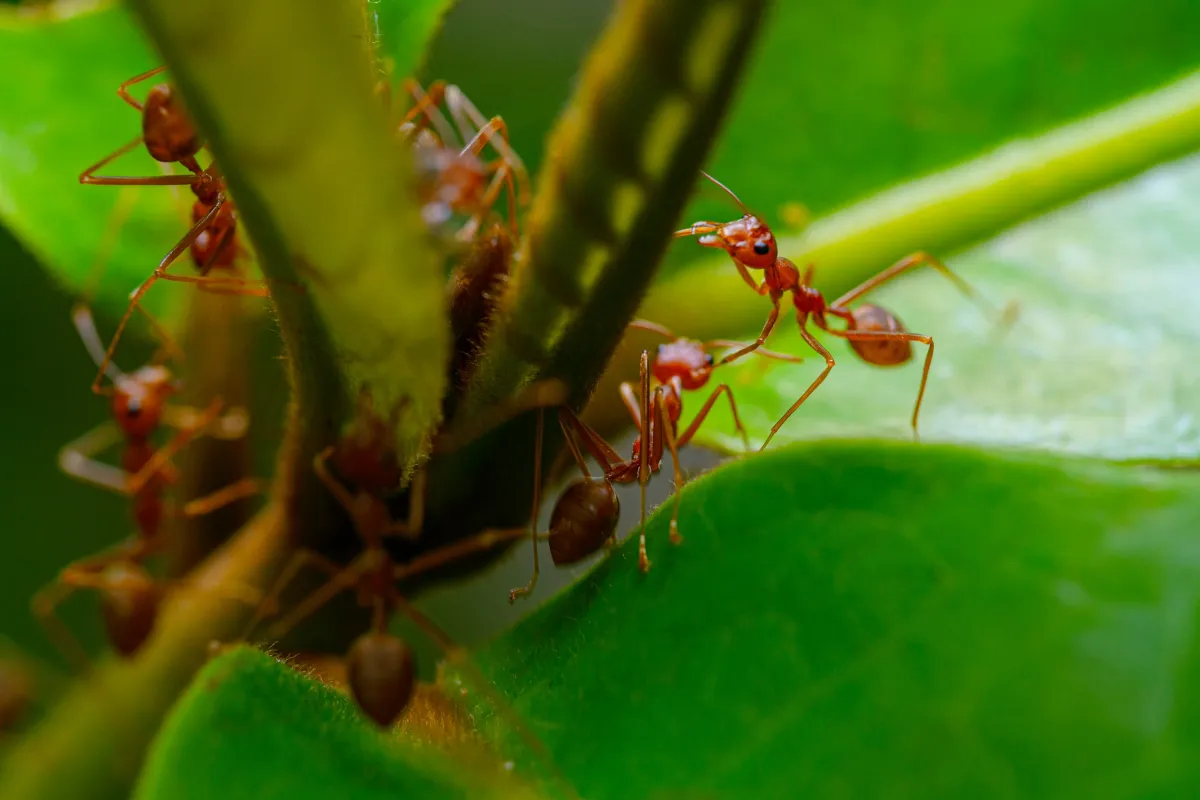
Fire Ants
Beware of fire ants' painful stings.
Fire ants are highly aggressive and will aggressively defend their nests if disturbed. They attack by swarming the intruder and delivering painful stings, which can cause itching, burning, and swelling. Some people may also experience allergic reactions to fire ant stings.
Our knowledgeable Service Professionals will focus on effectively eliminating fire ant colonies from your property so you can enjoy your outdoor area without the threat of these tiny nuisances.
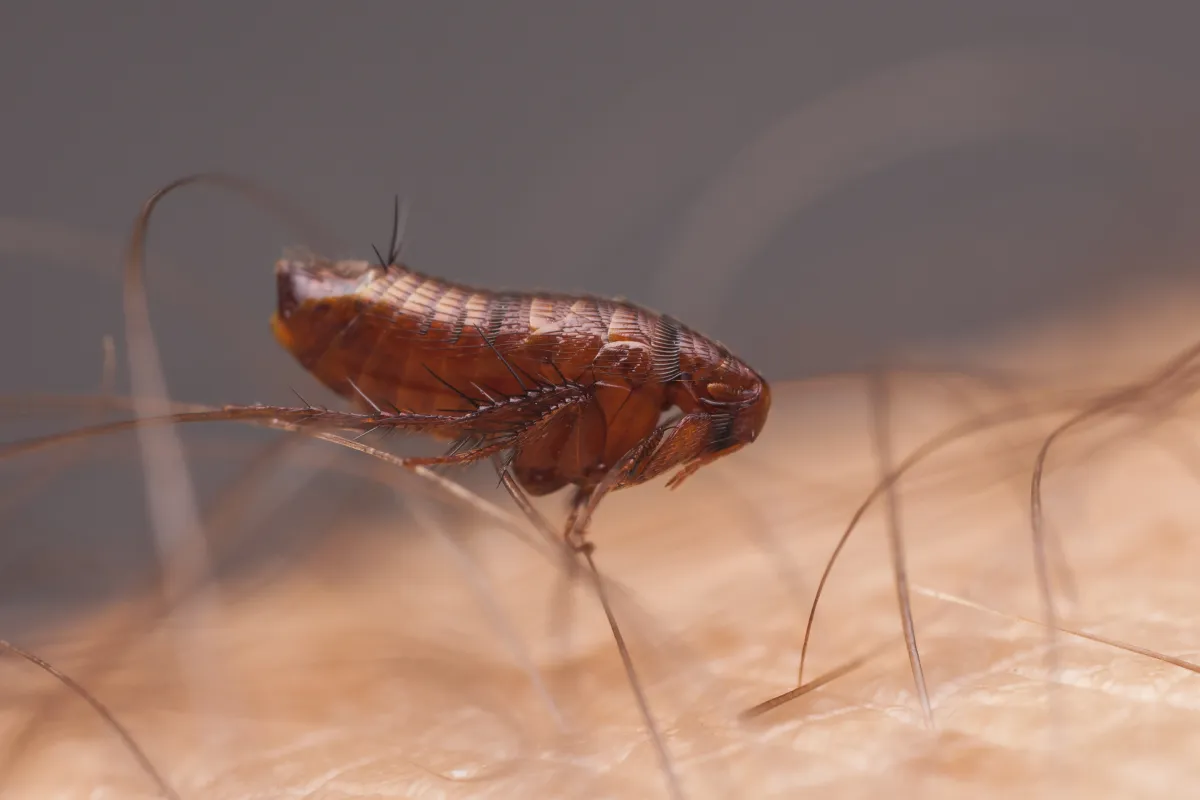
Fleas
Are fleas becoming a pesky problem in your home and yard?
Fleas can swiftly turn your tranquil spaces into itchy, uncomfortable zones. They infiltrate your outdoor areas and hitch rides indoors on pets or clothing, causing a nuisance for you and your family.
Fleas are notorious for their rapid multiplication, making them a challenge to tackle with DIY methods alone. That's where Preferred can help. Our comprehensive Flea Service employs a multifaceted approach to address these persistent pests effectively. The treatments target adult fleas and their eggs, larvae, and pupae. We ensure long-lasting relief from infestations by addressing all stages of the flea lifecycle.
But our commitment continues beyond there. We provide thorough follow-up services and offer recommendations for preventative control measures to keep fleas at bay in the future. Say goodbye to flea frustrations and reclaim your home and yard with our expert Flea Service.
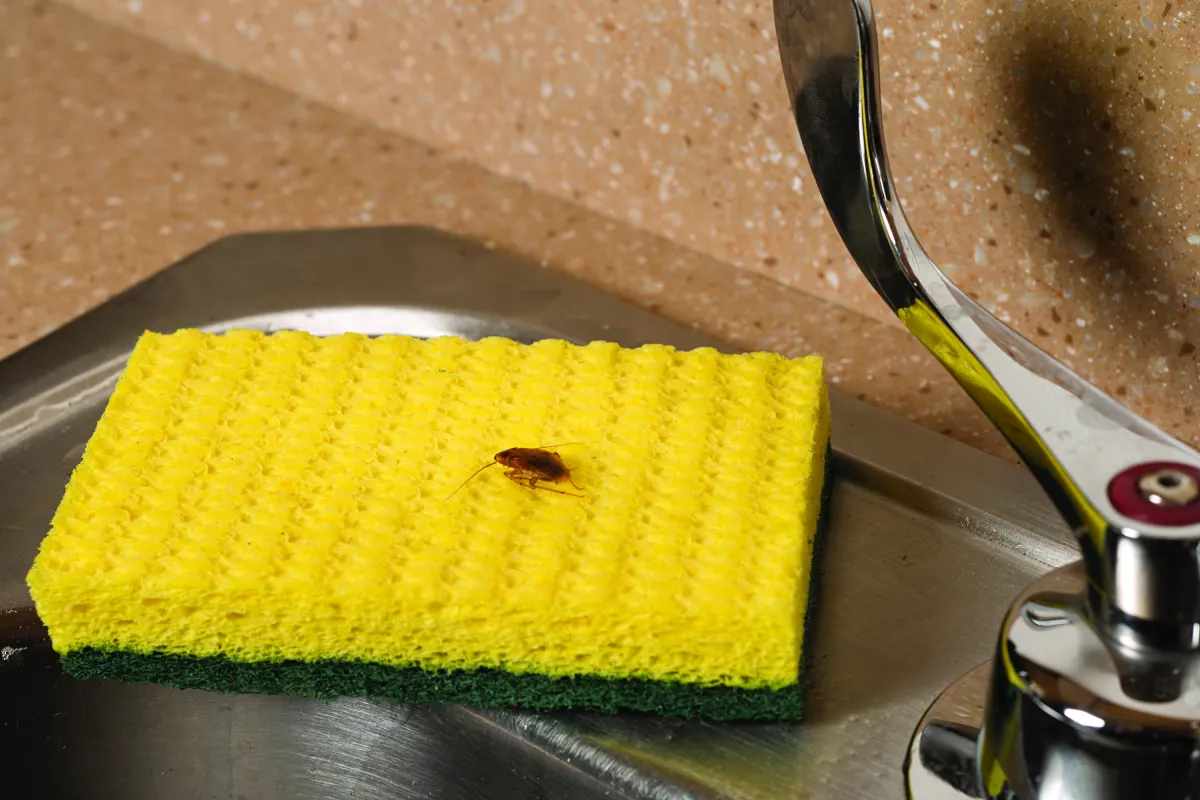
German Roaches
Prevent German cockroaches from becoming roommates.
German cockroaches are among the most common and problematic species encountered in homes, restaurants, food processing facilities, and other indoor environments. Due to their potential health risks and nuisance factors, prompt and effective control measures are essential.
The treatment process for German cockroach infestations involves several key steps: inspection, treatment(s), follow-up(s), and prevention. Our knowledgeable Pest specialist will establish a plan for your unique needs and pest situation. Early detection and intervention are vital to preventing German roach infestations from becoming established.
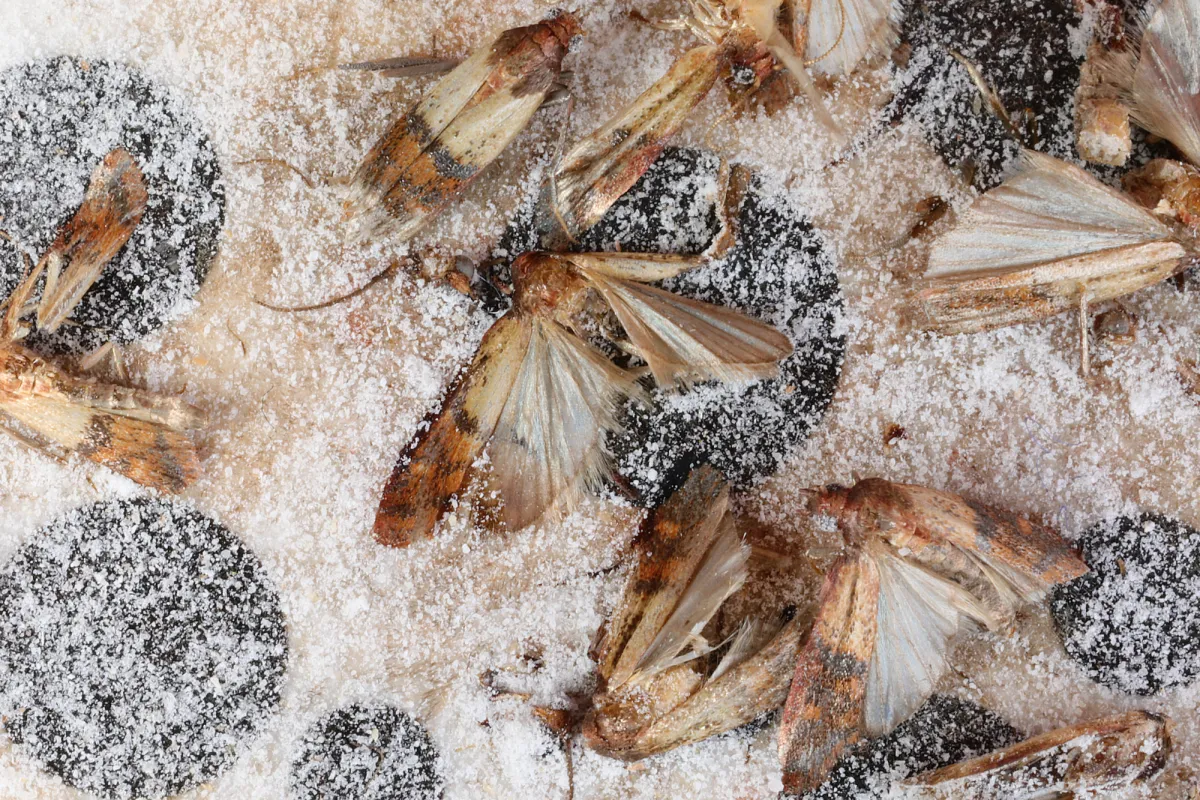
Pantry Pests
Pest-proof your pantry with Preferred Pest Control.
Pantry pests are a group of insects that infest stored food products in homes, grocery stores, warehouses, and food processing facilities. These pests can contaminate food, cause economic losses, and pose health risks to humans.
Controlling pantry pests involves several measures, including proper sanitation, storage practices, and pest control treatments.
Preferred is here with a solution and is ready to help with your pantry pest issues.
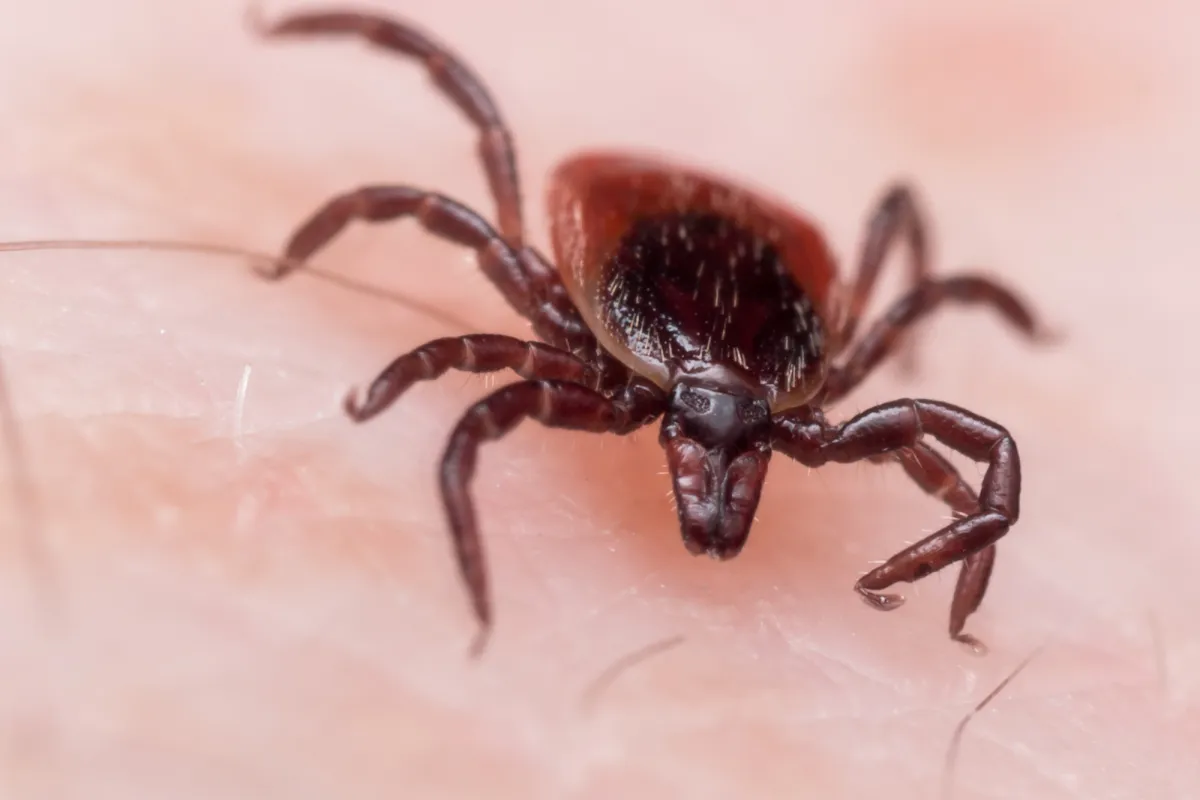
Ticks
Don't let ticks take a "bite" out of your outdoor fun.
Ticks are notorious for transmitting diseases to humans and animals through bites. Some of the most common tick-borne illnesses include Lyme disease, and Rocky Mountain and spotted fevers.
Ticks reproduce quickly and can thrive in various habitats, making it difficult to eradicate them without proper intervention. It's essential to take preventive measures to protect yourself, your family, and your pets from tick bites. Preferred Pest is ready to help control tick populations so you can enjoy the outdoors again.
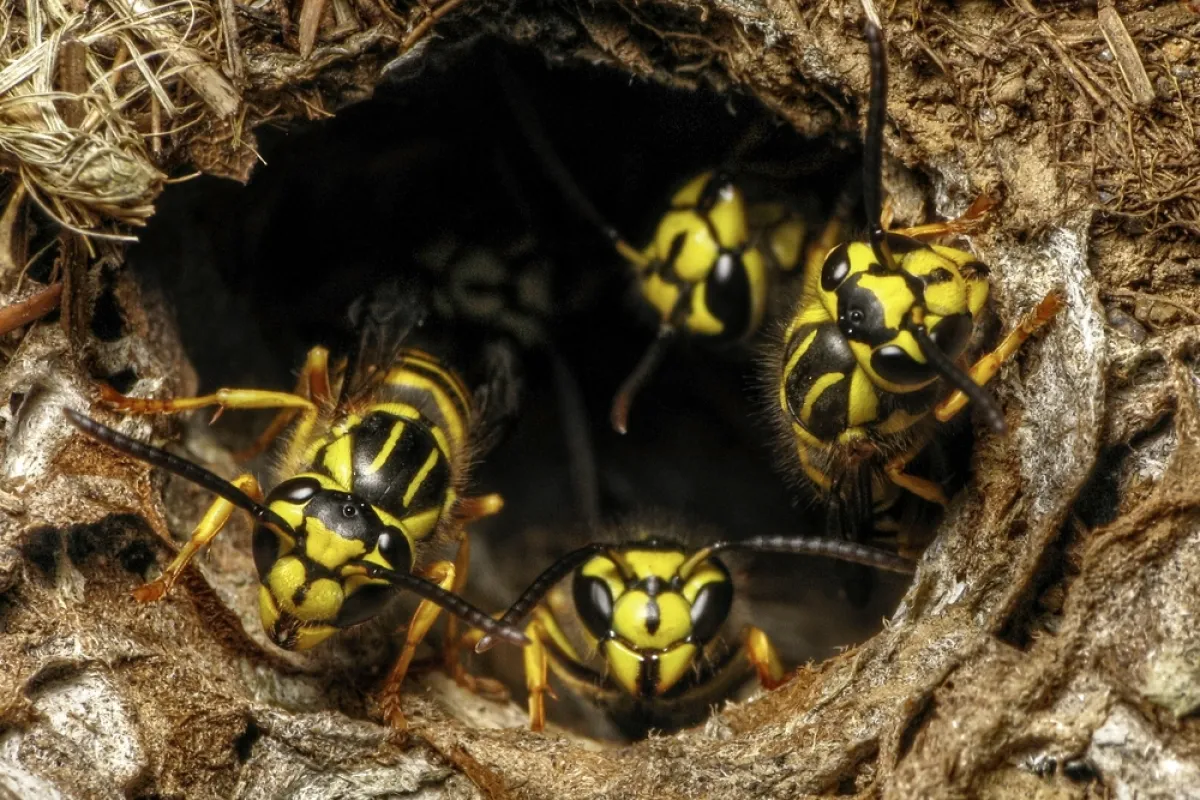
Yellow Jackets
Protecting homes and families since 1988
Yellow jackets are most active in late summer and early fall when their population peaks. They will aggressively defend their nest if threatened. Unlike honeybees, which typically only sting once before dying, yellowjackets can sting multiple times, and their stings are painful and can cause allergic reactions. Furthermore, if they establish nests near buildings, they pose a risk of property damage. Yellow jackets can chew through wood and insulation, potentially resulting in structural damage.
Controlling yellowjackets can be challenging due to their aggressive nature and the location of their nests. If you notice a yellow jacket nest near your home, contact Preferred Pest Control.
We can safely remove yellowjacket nests and provide advice on preventing future infestations. Additionally, sealing entry points and eliminating food sources can help deter yellowjackets from nesting near homes and outdoor areas.
Photo credit: A&M, Auburn University
